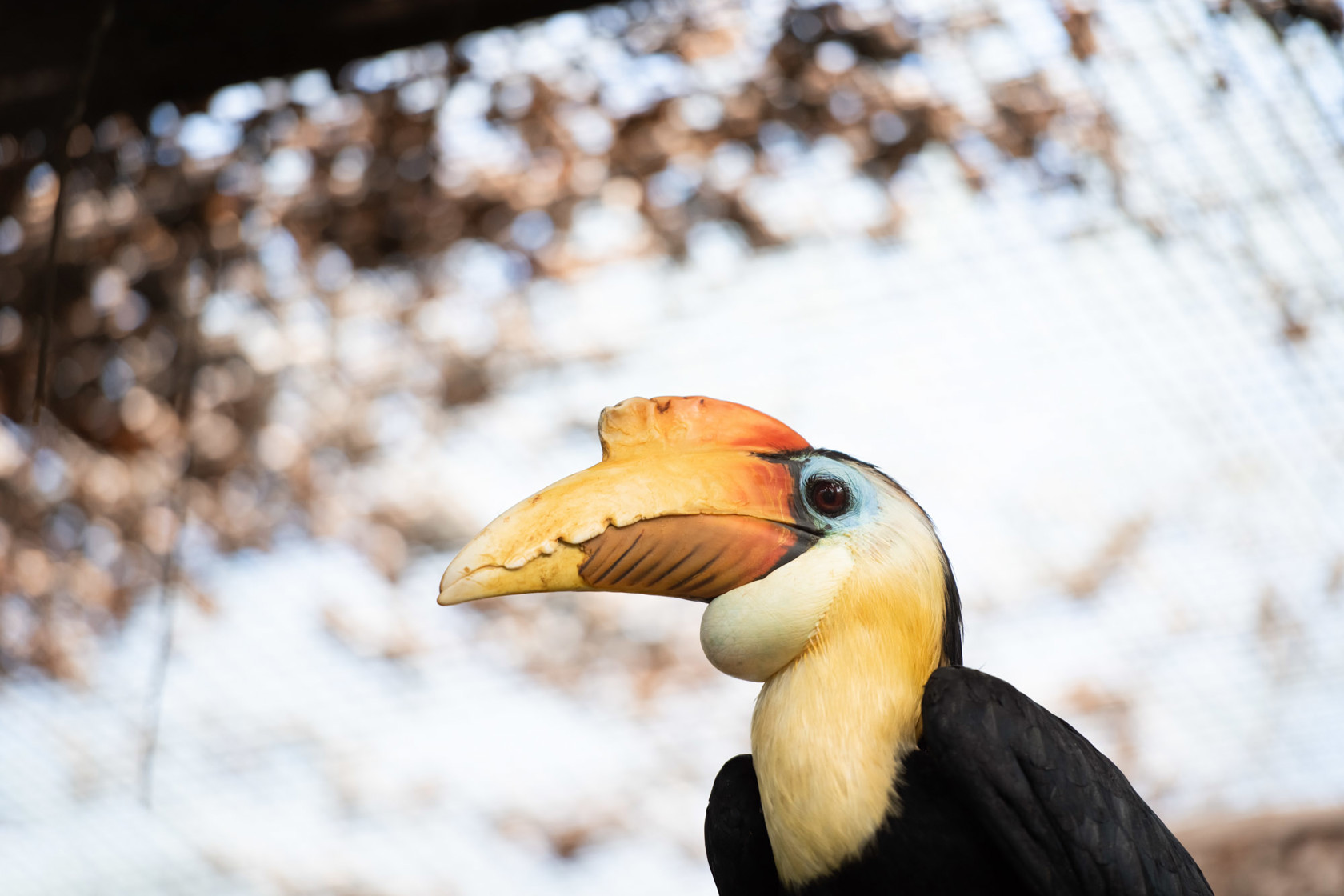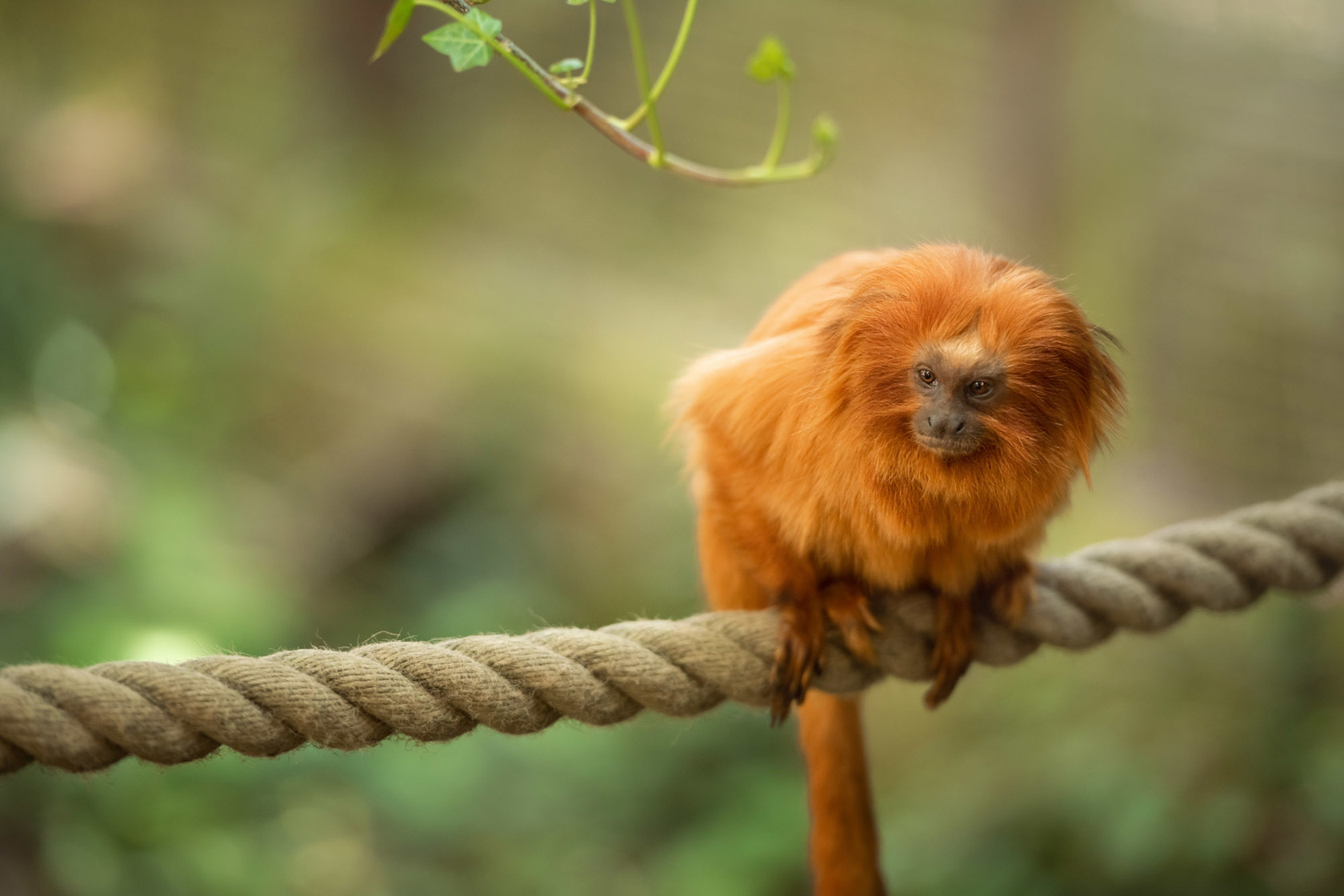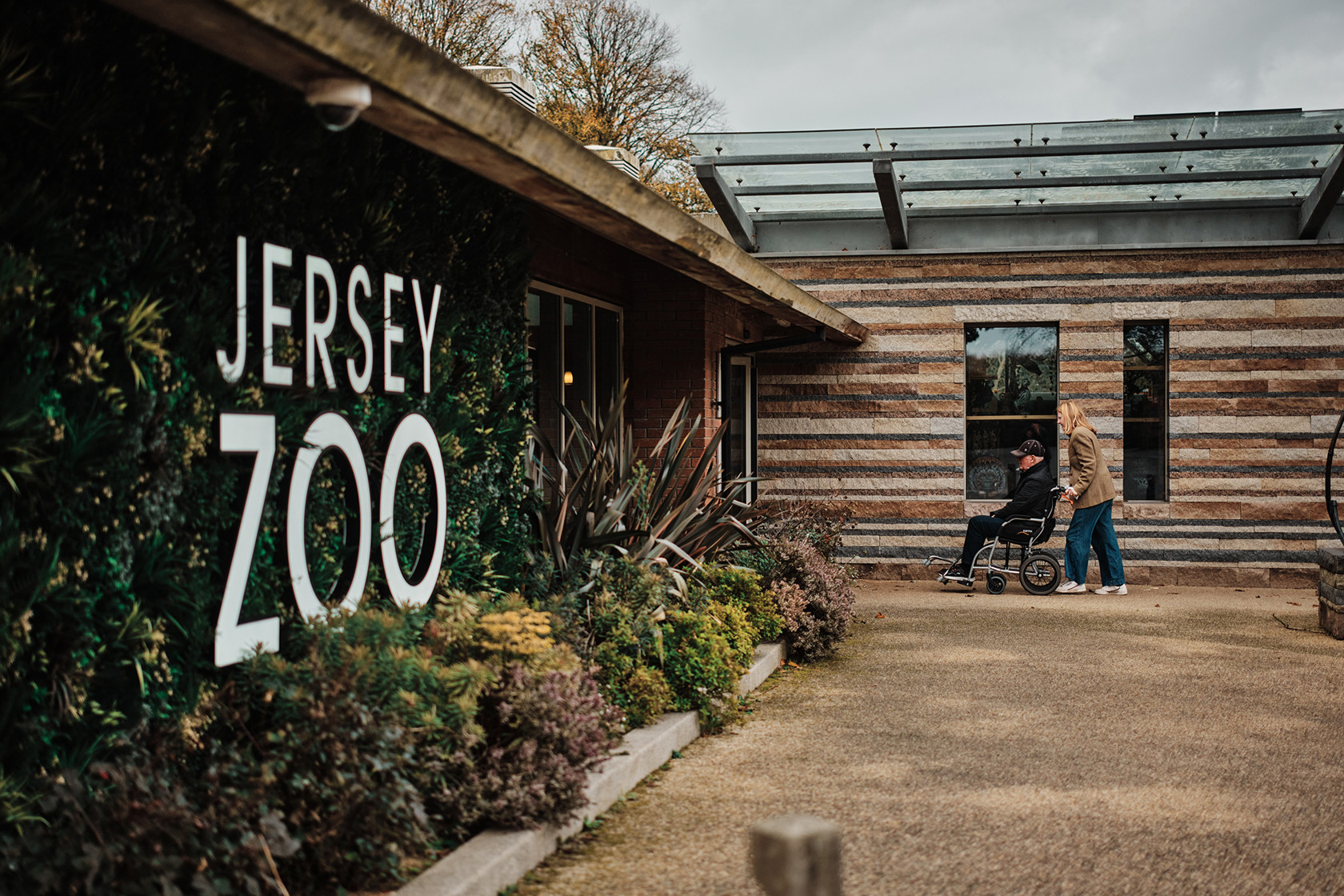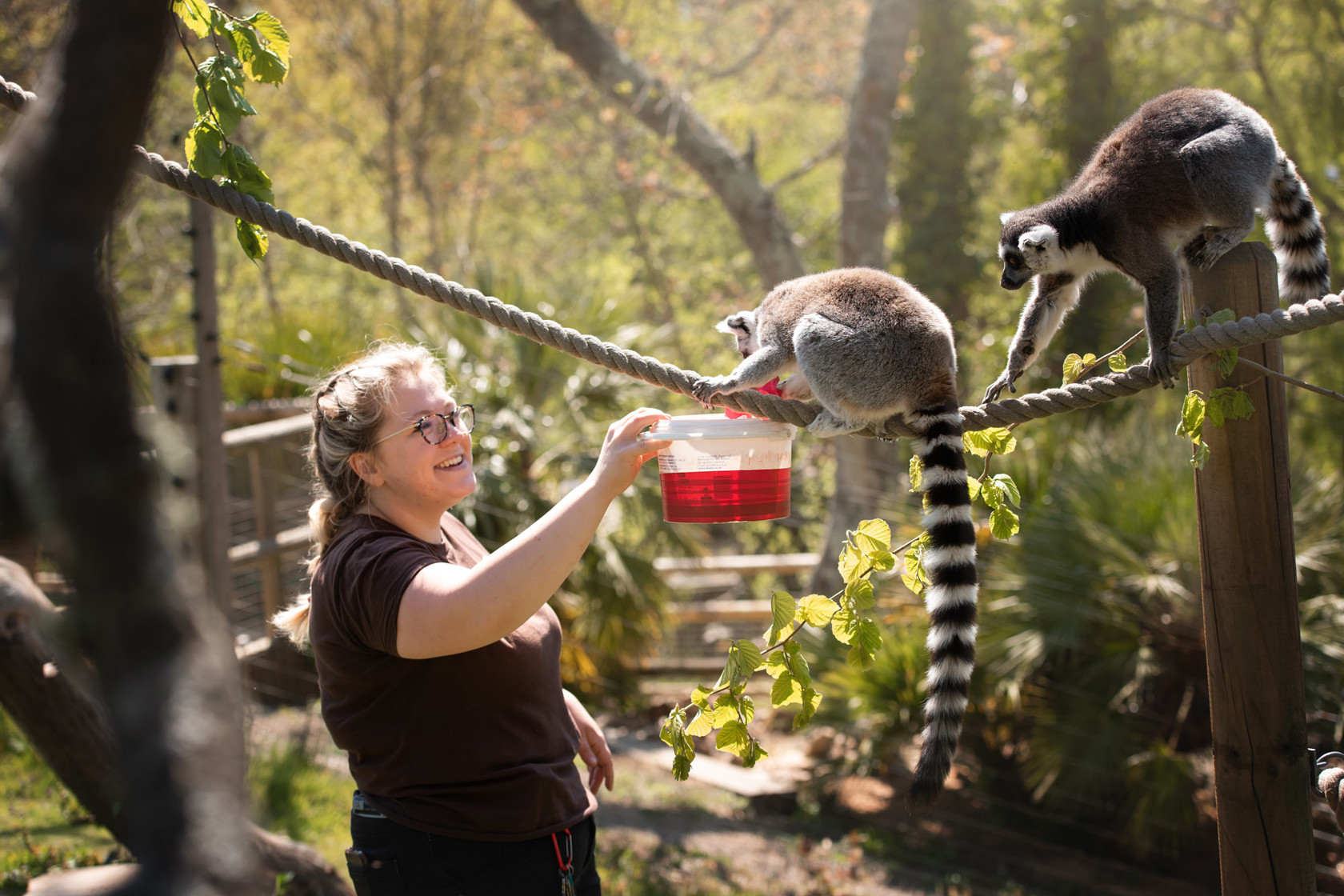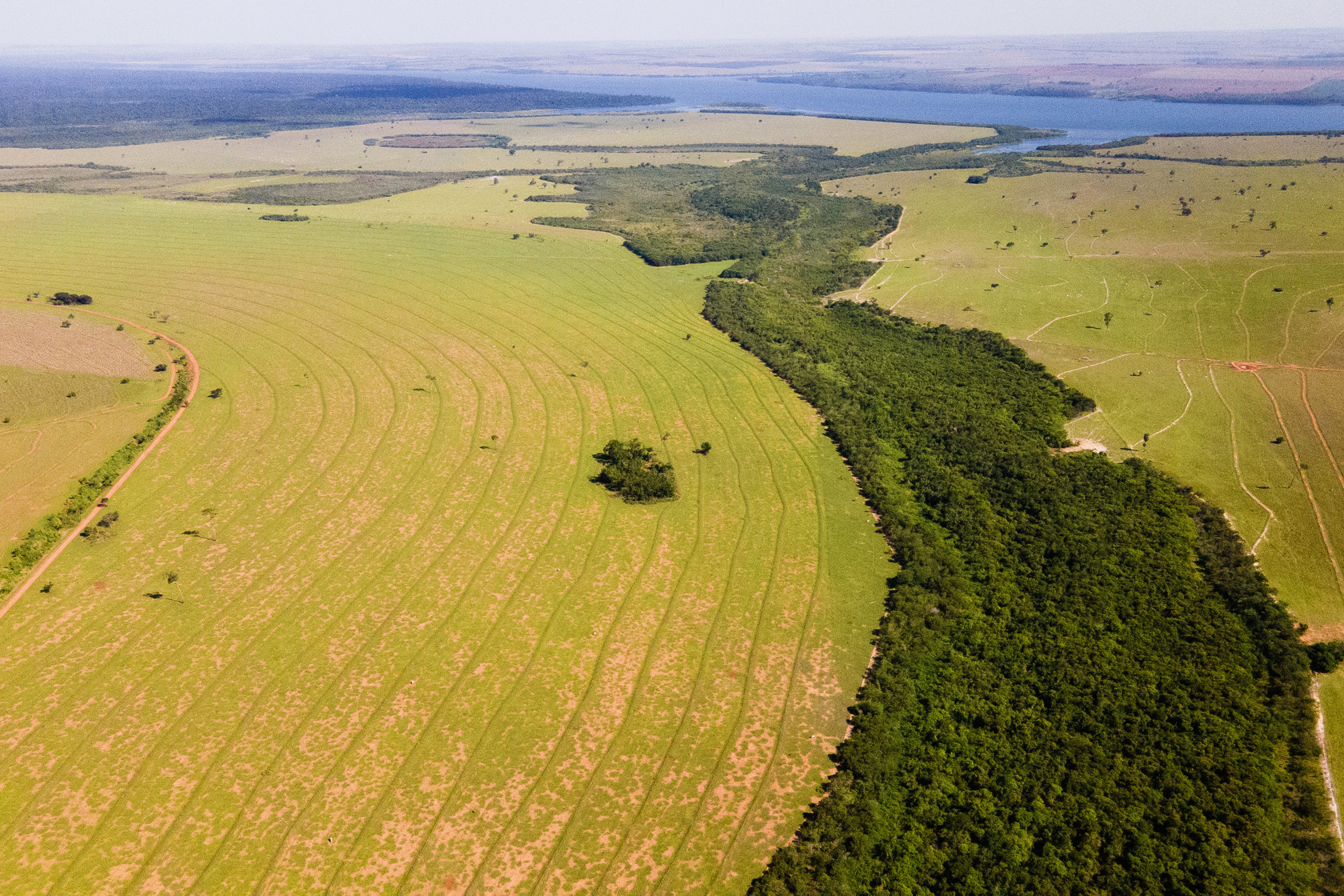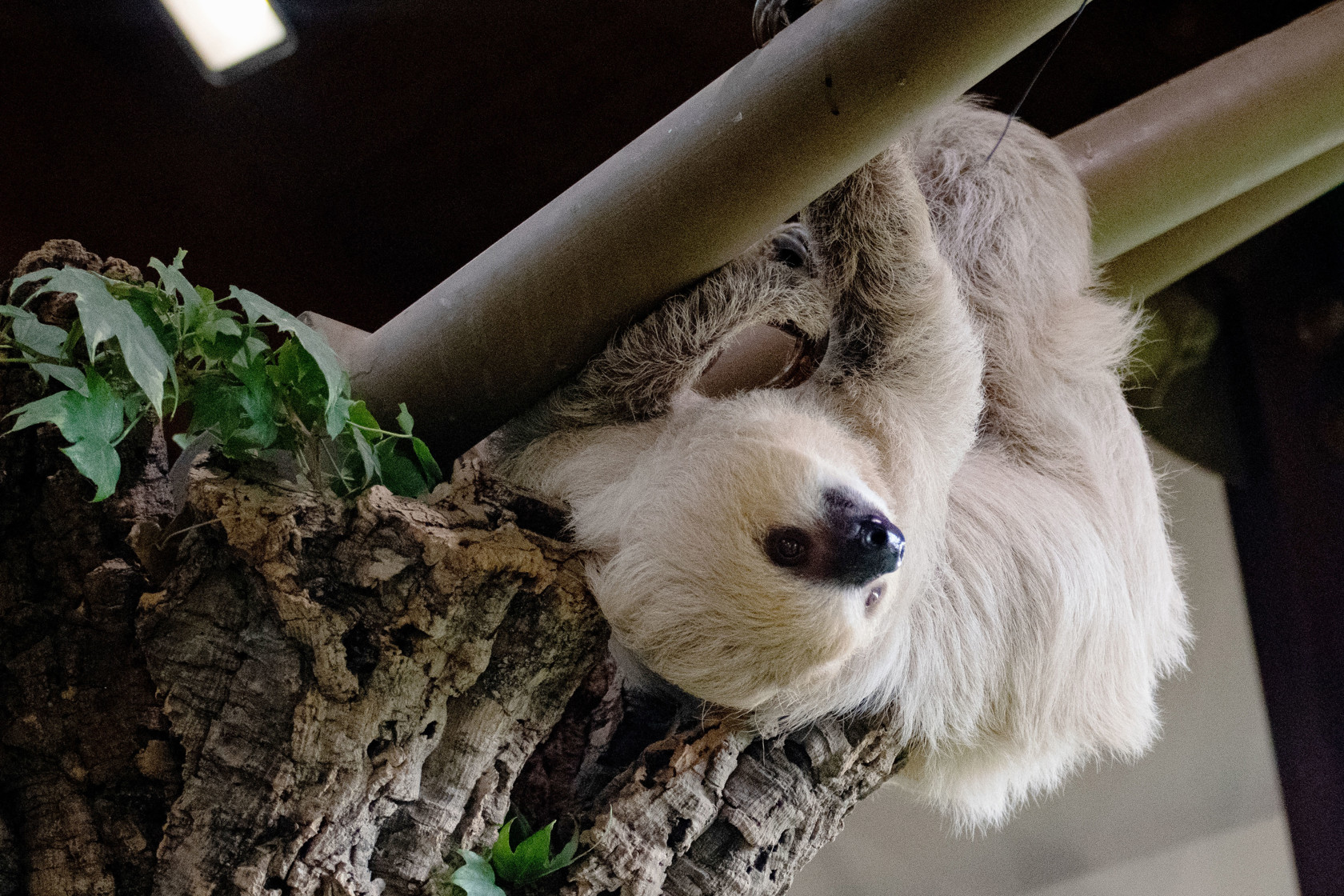Wings, wheels and whiskers: Transporting animals in and out of Jersey Zoo
Maddie Higton, Jersey Zoo's Animal Registrar, tells us about the logistics of transporting animals in and out of Jersey Zoo.
My name is Maddie and I am the Animal Registrar at Jersey Zoo.
There are a number of aspects to my role, but the most significant part is the organisation and management of animal imports and exports to and from Jersey Zoo. This includes all the logistical arrangements such as ferries, crates and flights but also involves liaising with external organisations such as the Government of Jersey and Jersey Customs.
No two transports are the same and so there is always some quirk or obstacle that needs to be overcome such as fog or last-minute ferry cancellations!
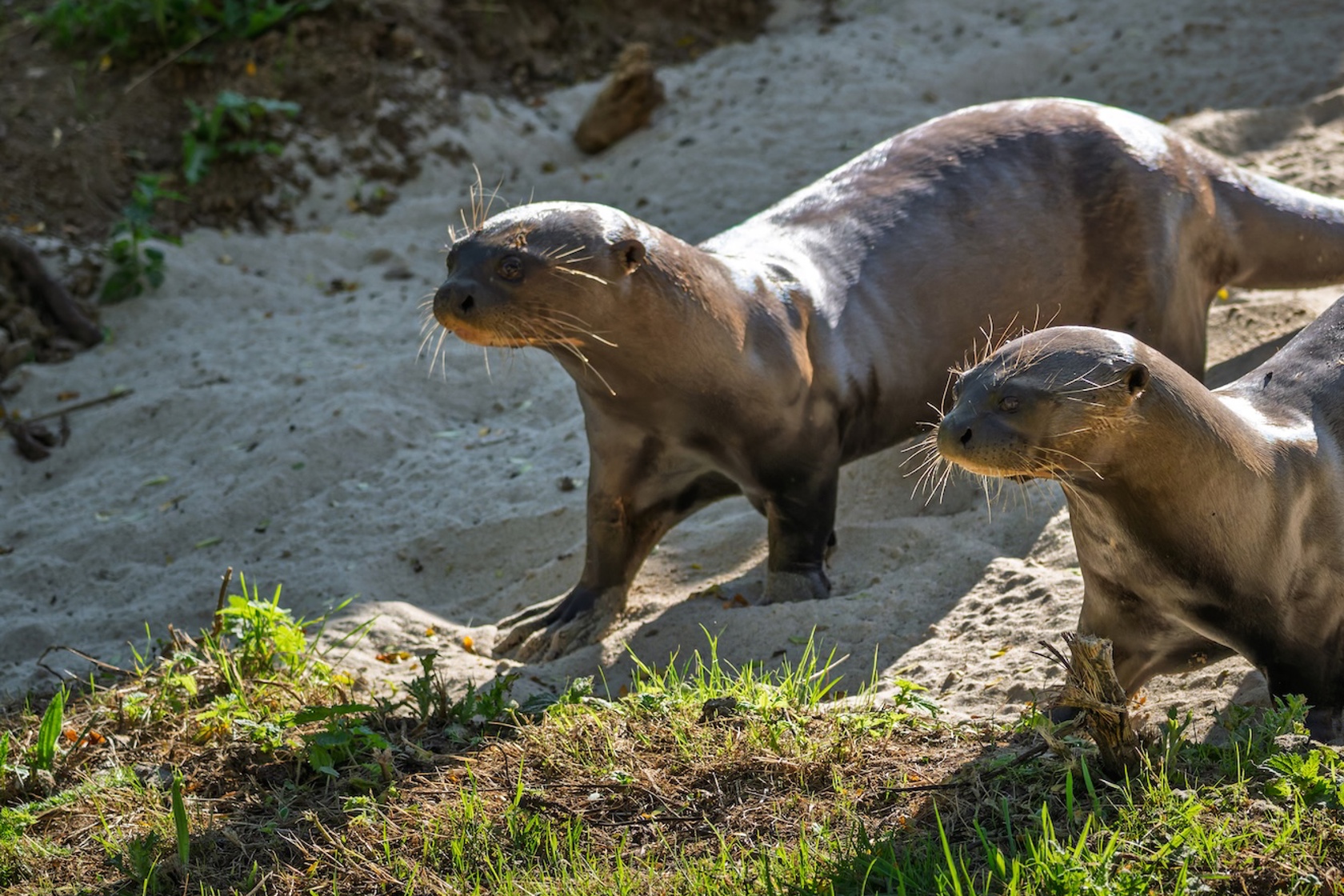
Where possible, we try and combine our exports and imports into one trip, which leads to a lot of multitasking and mountains of paperwork in the planning process. For example, when completing a UK road transport, we tend to operate our van a bit like a bus, so stopping off at various institutions to drop off animals on the way out and then collecting animals at various institutions on the way back before getting the ferry back to Jersey.
On average we usually complete one animal transport a month, but that one trip could include 20+ animals at a time. I think it is a surprise to some people how often we move animals in and out of the zoo.
The majority of our animal transports are based on studbook recommendations – the studbook is an official genealogical record of a specific animal breed or species, detailing the lineage and other relevant information about individual animals. It's a tool used primarily in animal husbandry and conservation efforts, particularly within zoos and other managed breeding programmes. In order to get a new animal at the zoo, we need to make an official transfer request to the studbook owner. If a species leaves the zoo, most of the time we must wait for the studbook to decide where we send them, rather than us getting to choose.
I would always argue that by the time you get to the day of transport, the hard work has been done, and the actual transport of animals is the ‘easy bit’, especially as there is a minimum of two months’ work in the run up to any move. For some of the larger animals there can be some added complexities. Building and sourcing transport crates large enough to meet or exceed international regulations is one issue, but then I also have to source a vehicle large enough to fit these crates in!
As a conservation nerd, getting to play such a significant role in the physical repatriation of animals to places like Mauritius, and feel such a direct connection to the amazing conservation work that is happening in our field programmes is an honour and a part of my role I will always find rewarding. Even though those are some of the more complex transports to organise and can be some of the most stressful ones to work on, the amount of pride I feel when they are successful is huge.
Closer to home, of course I love to see when imported animals are released from quarantine and are finally out in their new enclosures. I can’t help but feel a personal connection to each and every animal I transport and so I love to walk around the zoo and see them enjoying their new homes. But nothing beats how excited our teams get when new animals arrive, whether it’s a brand-new species or a new individual to join an existing group. Everyone at Durrell truly cares about each and every animal, and I always find it incredibly rewarding to deliver them safely to them.

